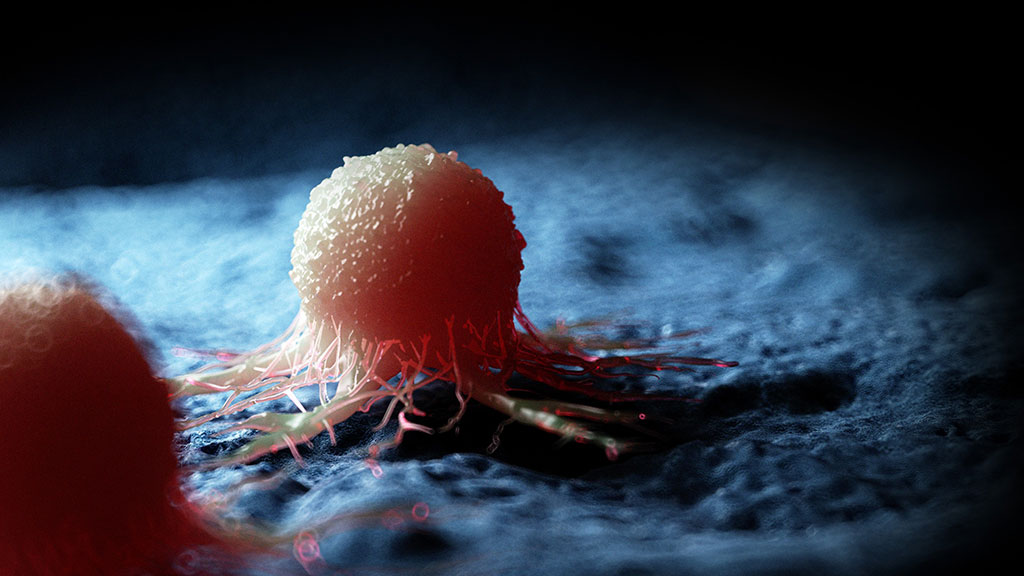Medical Imaging Technique Enables Accurate Visualization of Tumor-Targeting Bacteria
Posted on 27 Oct 2023
For close to 100 years, science has shown that using particular bacteria to zero in on cancer tumors can help activate the immune system, aiding in cancer treatment. This method has especially been effective in treating bladder cancer while sparing healthy tissues, unlike conventional radiation and chemotherapy. Now, a study to advance the application of such bacterial cancer therapies has led to the development of a new technique to accurately image how these bacterial treatments navigate the body and target breast cancer.
The research team at Johns Hopkins Medicine (Baltimore, MD, USA) had earlier developed an imaging technology that could precisely track bacterial therapies inside the body. This technology involves a molecule known as 18F-Fluorodeoxysorbitol, or 18F-FDS, which bacterial cells readily absorb. Once inside the bacteria, this molecule enables the cells to become visible on PET and CT scans, revealing their location within the body. The team conducted experiments on rodent models with breast cancer, employing their 18F-FDS PET imaging technique. They specifically looked into whether a unique strain of Y. enterocolitica bacteria could target breast cancer tumors and be visualized using their imaging method..

The researchers began by injecting the special Y. enterocolitica strain into mice that had breast cancer. Next, these mice were given an additional injection of the 18F-FDS tracer to get them ready for imaging scans. The mice were then scanned at various time intervals, including days one, five, and ten, using both PET and CT imaging technologies. The scans showed that the Y. enterocolitica strain did effectively target and take up residence in breast cancer tumors. Furthermore, the 18F-FDS tracer enabled precise imaging of where these bacterial cells were located within the mice.
“We are able to use this imaging technology to track the bacteria and make sure the bacterial infection is not sitting in other healthy tissues,” said Sanjay Jain, M.B.B.S., M.D., professor of pediatrics at the Johns Hopkins University School of Medicine. “The technology is helpful in developing these bacterial therapies for cancers, which is what we showed here with the bacteria Yersinia enterocolitica and breast cancer.”
“Being able to use PET imaging to visualize tumor-targeting bacteria will enable faster development and implementation of this innovative tool for oncologic patients,” added Alvaro Ordoñez, M.D., assistant professor of medicine at the Johns Hopkins University School of Medicine.
Related Links:
Johns Hopkins Medicine














